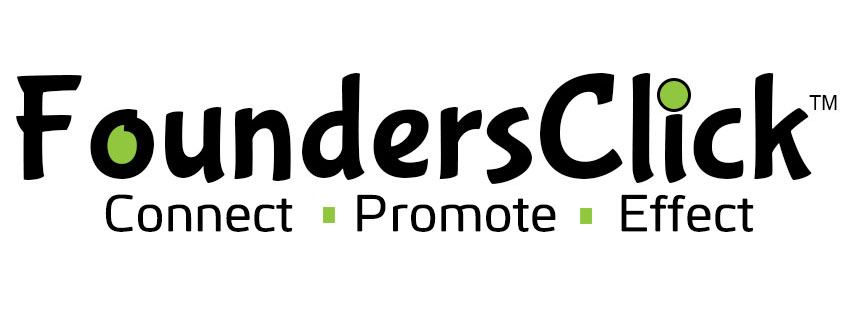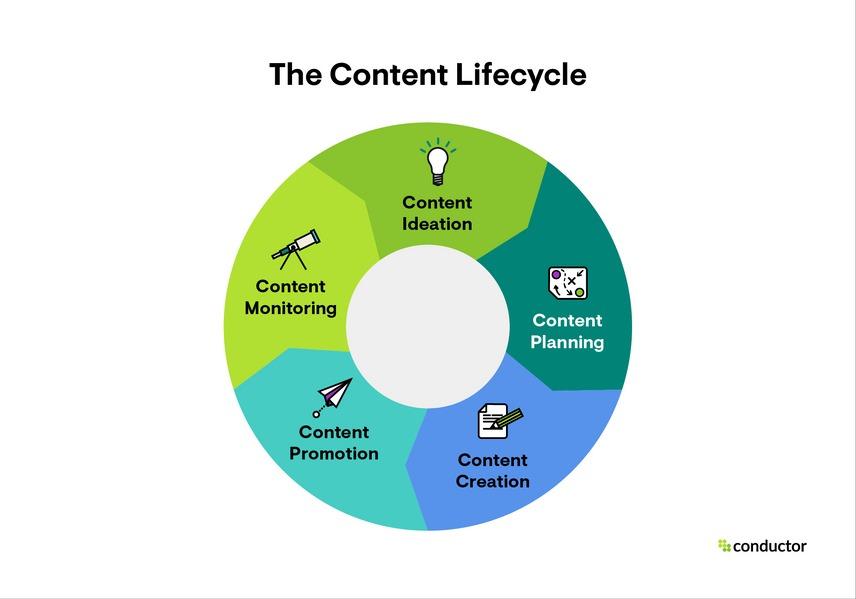In the dynamic world of digital content creation, having a well-defined process is essential for efficiency, consistency, and overall success. The content creation lifecycle is a structured approach that guides creators from the initial idea to the final delivery of content. In this guide, we'll explore the various stages of the content creation lifecycle, providing insights and tips for navigating each step seamlessly.
1.Idea Generation:
Every piece of content begins with an idea. This stage involves brainstorming, researching trends, and identifying topics that resonate with your audience. Use tools like Google Trends, social media analytics, and audience feedback to inform your content ideas. Document and organize your concepts to streamline the creative process.
2. Research and Planning:
Once you have a solid idea, it's time to dive into research and planning. Understand your target audience, conduct in-depth research on your chosen topic, and outline the key points you want to cover. Create a content calendar to organize your schedule and ensure a consistent flow of content.
3. Content Creation:
With a well-researched plan in hand, it's time to bring your ideas to life. Whether you're crafting written articles, designing visuals, or recording videos, maintain a consistent style and tone across your content. Leverage tools and software that align with your chosen medium – be it graphic design software, video editing tools, or word processors.
4. Editing and Refinement:
The editing stage is where you refine your content for clarity, coherence, and overall quality. Check for grammatical errors, ensure a logical flow of ideas, and pay attention to formatting. If possible, have a fresh pair of eyes review your content for a different perspective. Iterative refinement is the key to creating polished and professional pieces.
5. SEO Optimization:
In the digital landscape, visibility is crucial. Optimize your content for search engines to enhance discoverability. Incorporate relevant keywords naturally, write compelling meta descriptions, and ensure your content aligns with SEO best practices. Platforms like Google Analytics can provide insights into your content's performance and guide future optimizations.
6. Publishing and Distribution:
Once your content is polished and optimized, it's time to share it with the world. Publish your articles, upload your visuals, or release your videos on the chosen platforms. Utilize social media, email newsletters, and other distribution channels to maximize reach. Consistency in posting schedules helps build audience expectations and engagement.
7. Promotion and Marketing:
Actively promote your content to ensure it reaches a wider audience. Share snippets on social media, collaborate with influencers, or engage in cross-promotion with other creators. Marketing efforts should extend beyond the initial release, with ongoing strategies to drive traffic and engagement.
8. Analysis and Iteration:
The content creation lifecycle doesn't end with publishing; it continues with analysis and iteration. Monitor the performance of your content through analytics tools, assess audience engagement, and gather feedback. Use this data to refine your future content strategy, identifying what works well and areas for improvement.
Navigating the content creation lifecycle requires a strategic approach and a commitment to continuous improvement. By following these stages – from idea generation to analysis and iteration – creators can build a sustainable and effective content creation process. Embrace flexibility, stay attuned to audience preferences, and let the content creation lifecycle guide you towards consistent success in the ever-evolving digital landscape.

 SkillClick
SkillClick
